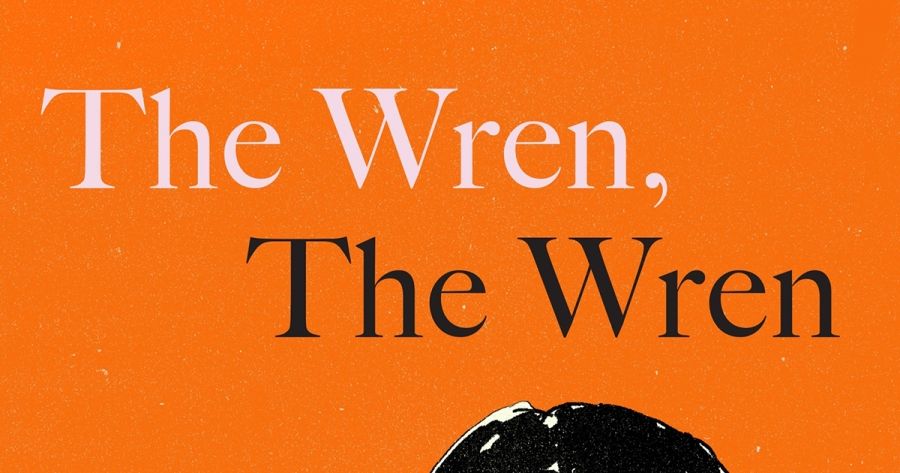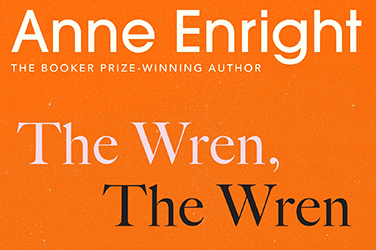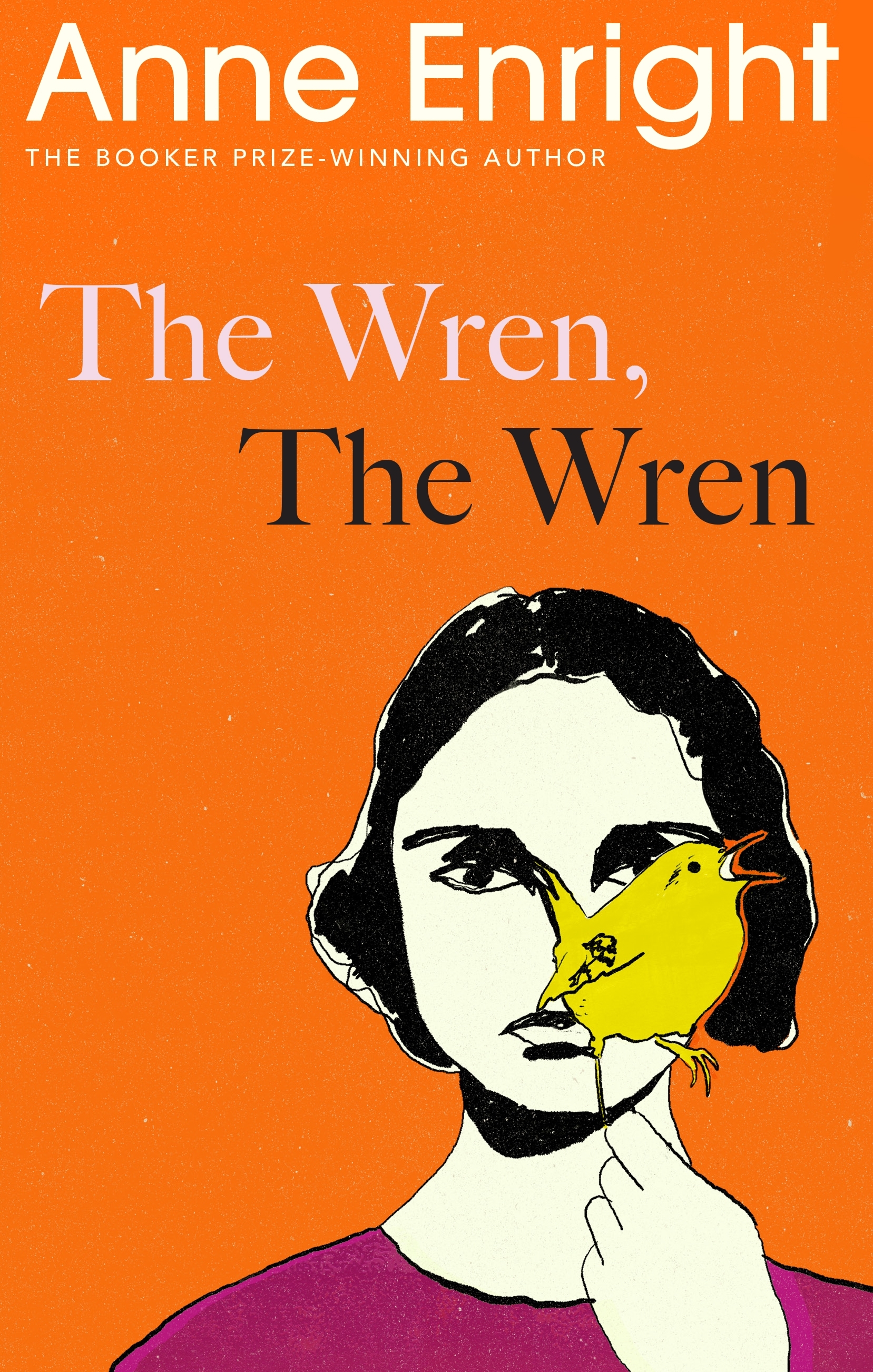
- Free Article: No
- Contents Category: Fiction
- Review Article: Yes
- Article Title: Out of its own husk
- Article Subtitle: A novel about movement
- Online Only: No
- Custom Highlight Text:
In her essay ‘The Irish Woman Poet’, Eavan Boland (herself considered Ireland’s greatest female poet) noted that ‘The life of the Irish woman – the ordinary lived life – was both invisible and, when it became visible, was considered inappropriate as a theme for Irish poetry.’ The only place within poetry for an Irish woman, history seemed to insist, was as either muse or myth. Any hint of her as a flesh-and-blood creature was effectively erased.
- Featured Image (400px * 250px):

- Alt Tag (Featured Image): Diane Stubbings reviews 'The Wren, The Wren' by Anne Enright
- Book 1 Title: The Wren, The Wren
- Book 1 Biblio: Jonathan Cape, $32.99 pb, 276 pp
- Book 1 Cover Small (400 x 600):

- Book 1 Cover (800 x 1200):

The force around which The Wren, The Wren orbits is Phil McDaragh, ‘a poet of some reputation’, whose writing runs the gamut of Irish poetry more broadly: passionate declarations of love, arguments with the English language, odes to the itinerant human soul and ‘poems translated from the Irish’. His is a poetic sensibility shaped by the Catholic Church (he was groomed for the priesthood at the age of ten) and the Aos sí, the fairies and elves of ancient Celtic mythology. Of even greater consequence is the violent and brutal world of men into which he is inculcated while still a boy. Taken by his father to a badger-baiting – men and dogs savaging a badger and its cub – Phil watches as a shovel wielded by one of the men repeatedly shatters the cub’s skull: ‘I looked into the animal’s eyes and he into mine and we understood each other completely.’
In time, Phil manifests his own cruelties. He casts aside his first wife, Terry, while she is recovering from a mastectomy. Wikipedia records that he is an abusive partner to at least one of his later lovers. The women in his life are confined within his poetry, fixed by his words. Mythologised and objectified, they emerge in the form of birds:
‘Woodbine’ was … the girl in a field, her nipples like honeysuckle, her arms entwining. ‘Bluebells’ was Terry … up on Killiney Hill in her blue sundress, that she never threw out after … ‘The Heron’ … was the woman as self-destruction and unimaginably filthy sexual positions. Bunty, that was her name.
Pre-eminent among McDaragh’s poems is ‘The Wren, The Wren’, dedicated to his daughter Carmel. She ‘was mine’, he writes, ‘a panic of feathered air / in my opening hand’. He reinforces the image in a postcard he sends to Carmel on her sixteenth birthday: ‘I am a wandering soul who is tethered still in you. Live beautifully. Live well …you are my birdy still.’ She would hate her father if she could – ‘it was so easy to hate this man’ – but she is tormented by the recognition that when he abandoned the family, when he abandoned her, ‘all the words’, all of what she had believed herself to be, ‘died with him’.
Despite the weight of Phil’s presence, The Wren, The Wren is Carmel’s story. So too is it the story of Nell, Carmel’s daughter, who, for better or worse, inherits Phil’s poetic sensibility. What Enright underscores in her representation of mother and daughter – in the fraught yet intensely loving bond between them – is their physicality, an embodiment that, as women, anchors them to the unfolding of life in all its stages. Witnessing their experiential engagement with the world, we are reminded of the inescapable connection between self-awareness and the physical body: ‘When [she] hit Carmel, it reorganised the pain. And it was a kind of revelation, too. Afterwards, the world was very bright.’ To imprison women – or nations – within an androcentric language, an androcentric history, is, essentially, to silence them.
In her counter to a national poetry that, in its desire to memorialise and mythologise, denies women their corporeality, their experience, and, ultimately, their truth, Boland quotes Adrienne Rich: ‘There is also a difficult and dangerous walking on ice, as [women] try to find language and images for a consciousness we are just coming into.’ The Wren, The Wren encompasses the coming into consciousness of Carmel and Nell, substantiating not merely the struggle that women face if they are to break free of myth and memory, but also the humour and self-deprecation that is a fundamental element of that struggle. A moving and provocative novel, The Wren, The Wren is also funny and gloriously poetic: ‘He controls the thing he loves. He is precise, I am the chaos. I feel the room carve in two in front of my jostled eyes and space remake itself.’
At the novel’s conclusion, Nell lies on the grass in her mother’s garden watching the birds: ‘I look back at [the bird]. And with that smart, held connection, the story I made up for him falls away. The bird is no one’s servant … Words only obscure him.’ Enright would be acutely aware of the irony here. Despite Nell’s refusal to bind the bird in words, Enright’s own novel cannot help but do precisely that.
There may be no escaping the limits of representation, but as Enright demonstrates in her depiction of Nell and Carmel, there is yet the possibility of keeping the image of the bird – as she has kept her representation of these women throughout the narrative – fluid, unstable, and, thereby, alive: ‘In the pool of my eye, the mayfly splits / To show a mayfly more beautiful / clambering out of its own husk.’


Comments powered by CComment